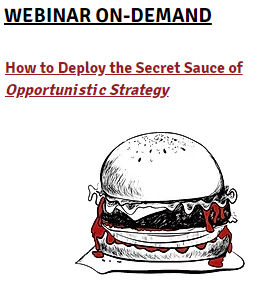Disruptive physicians.
A few years ago, I wrote about the importance of getting disruptive physicians out of your medical group before they take you down.
But what if the physician isn’t actually disruptive, but simply nonconformist or challenging? Then, cutting him or her from your medical group might be like cutting off your nose to spite your face. (Translation: a bad move.)
Intellectually, the problem is knowing how to tell the difference. True, there’s no test that I know of. Practically, though, it’s not that hard to tell if Dr. Bob’s actions are disruptive.
Is he bad-mouthing your group to the hospital CEO? Is he trying to get another group member to team up with him to steal your exclusive contract? Is he working with your competitor to undermine your group? Is he screaming at nurses — with bonus points for doing this in front of patients? Unfortunately, those are all real-world examples of disruptive behavior. I could go on, at the risk of developing carpal tunnel.
Or, is she just someone who’s nonconformist or contrarian, someone who doesn’t fit in the mold out of which popped the other members of your medical group?
The nonconformist is not trying to take your group down. She’s not conspiring against your leadership or the group’s future.
Instead, she’s questioning, even acting out a challenge to, how things are done. Why does your medical group do something a certain way? What’s the “why” underlying your answer to that? “It’s always done that way,” or “because we read that it’s a ‘best-practice,'” aren’t ultimate “whys.” Sometimes there is no ultimate “why,” or, at least, one that makes any real sense.
In the popular press, this sort of challenge is often portrayed as generational. But that’s silly, because no generation is lock-step. It’s comprised of individuals. You can just as easily have a nonconformist 62-year-old in your group as a nonconformist 26-year-old.
Seen for what it can truly be, nonconformity is an asset, a cross-pollinator of ideas and of ways to think. It’s a Darwinian stressor. Yes, some management may be required to keep the nonconformity positively channelled.
It’s still essential that disruptive physicians must be removed from a medical group. Removed quickly.
But, as a medical group leader, don’t judge immediately. Pause and question motives. Pause and question whether the symptoms are truly disruptive action or, instead, nonconformity that can be made to be beneficial to your medical group’s long-term success.
As someone once quipped, “yes, it works in practice, but will it work in theory?” Who cares.




